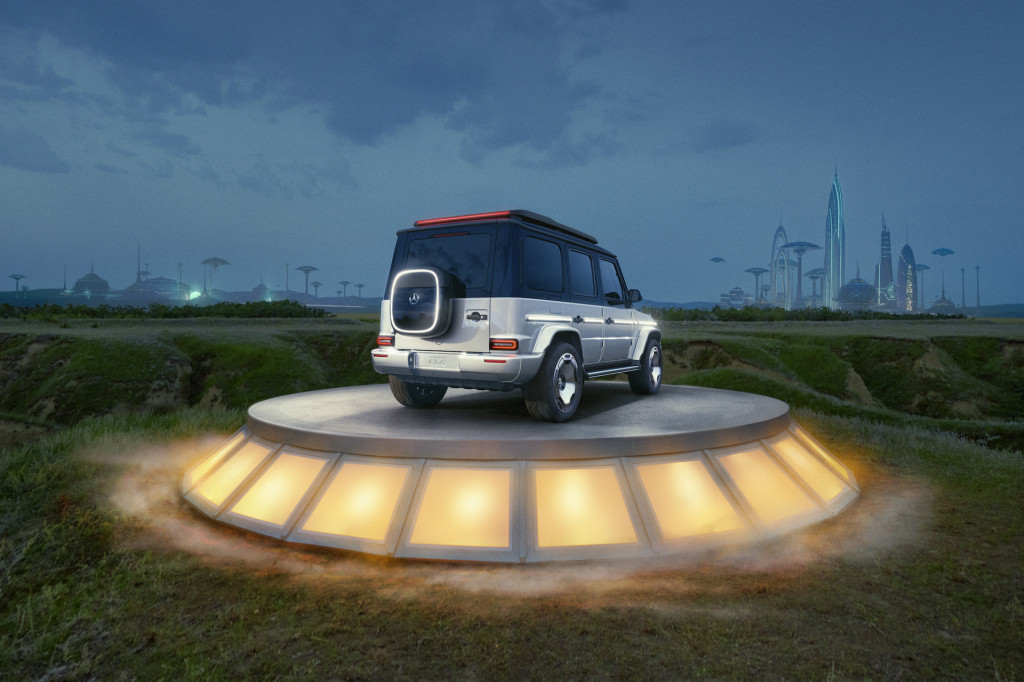An upcoming electric version of the Mercedes-Benz G-Class SUV will use silicon anode battery chemistry from American firm Sila, Mercedes confirmed Tuesday in a press release.
Founded in 2011, Sila claims its high-silicon anode material can increase energy density by 20% to 40% over current lithium-ion cell chemistries. Higher energy density allows more energy to be stored in a given space, helping to increase range without having to make the battery pack larger.
Mercedes, which invested in Sila in 2019, plans to use the company's cells mid-decade for an extended-range version of the electric G-Class. Those cells will come from a factory in Washington State using 100% renewable energy, the companies claim.

Mercedes-Benz EQG Concept
Mercedes is the first publicly announced automotive customer for the factory, and plans to expand use of the new chemistry to other models after its debut in the G-Class.
The G-Class EV was first teased in 2019, and officially confirmed in 2021. It's currently scheduled to launch in 2024.
Mercedes previewed the electric G-Class with last year's EQG Concept, which didn't look very far along in the development cycle. The concept housed its battery modules in a ladder frame similar to the current G-Class, and had four electric motors—one for each wheel. A shiftable 2-speed gearbox handled off-road gear reduction.

Mercedes-Benz EQG Concept
When the concept was unveiled, Mercedes said it had an off-road trial planned for later production intent versions. They would be taken to the 4,741-foot Schöckl Mountain in Graz, Austria, which has a 3.5-mile off-road course with gradients up to 60 degrees.
Like the standard G-Class, the electric version will be the most rugged entry in a large lineup. Mercedes plans to go fully electric in some markets by 2030, enabled by three dedicated EV platforms to be introduced in 2025.












